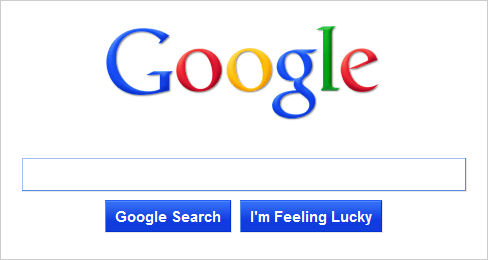Ever have the notion that something is fighting against your website traffic like an infuriated hockey player attacking an opponent? Don’t get caught in the penalty box, stay on top of your Google rankings by knowing when you’re in a ‘timeout’ and recover your game.
Just as in a hockey match, a Google penalty can be similar to experiencing an old-fashioned timeout for players not following the rules. Whether you’re aware of the root-cause or not, Google can shut down web traffic or drop site rankings for naughty ‘misbehavior.’
How does this happen?
Using algorithms, Google constantly audits the web for spam-filled websites and analyses how sites are set up to appear in a Google web ranking. For instance, if a site’s subject doesnât match up with the proper links, such as mom and pop bakery site with 10 links sending viewers to NASCAR ticket sales, Google might pull out the red flag and apply a penalty. According to Google, below is a list of spam that signals the search engine giant to spring into action:
- Constantly repeating keywords
- Cloaking and/or sly redirects
- Hacked sites
- Unnatural links to and from a site
- Pure and user generated spam
- Content low in ‘value’
- Parked domains
- Stuffing keywords and/or hiding text
Google also gives detailed definitions as well as screenshot examples here.
The Penalties
(Just when you thought one penalty was enough!)
There are two main penalties and they are easily defined. A manual penalty is one, and it will be identified as a message in your Google Webmaster Tools account. The other, an algorithmic penalty, is a bit more difficult to discover if your site rankings aren’t checked on a regular basis. This type of penalty typically occurs when Google updates or changes their algorithm and your web ranking noticeably drops.
The Recovery
A Google penalty doesn’t have to mean the death penalty. Just because your site was penalized, there are definitely ways to get back into the game and recover your ratings. Below are four effective ways to deal with a penalty issue if it arises:
- Manually speaking – If your penalty is manual, review and take the action needed to correct the siteâs issues and send a reconsideration request to Google as soon as possible. Typically Google explains what the dispute is within the body of its message.
- Know your animals – Google encompasses a couple of zoo buddies that are highly skilled and diverse in their ‘algorithmic hunt.’ Google programed Panda to pinpoint elements on a website that obstructs the functionality of the site, while Penguin searches for bizarre backlinks that donât necessarily mesh with the site’s main subject. To discover which animal is affecting your site, visit Google analytics and get the facts fast. (If youâre not a member of Google analytics, connecting your site is definitely advantageous and free.) Once the problem is determined, revise and monitor your backlinks.
- Go au naturel – When recouping from Google penalty in general, keep your content and links simple, fresh and professional. Go by the Google rules and your site rankings will eventually improve. Want to get more traffic in the meantime? Try advertising your site with lots of educational blogs and spread them around online, find a partner in blogs and guest blog someone else’s website linking back to your site, or create a catchy email campaign – all these give a good reason to check out your domain.
- Consult or a webmaster super-genius – If you are not familiar with the web building process, consult someone who is. In the wild world of marketing, rankings mean a lot. Donât let your site slide because of a penalty due to inexperience with SEO. A good webmaster will also be able to identify any penalties and correct them with ease.
Has your site ever been penalized? If so, what steps did you take to rectify it? Feel free to leave your experience or comments below.
Andrew Valentine is the head writer at MediaFusion, Digital Inbound Marketing, which works with mid to large sized businesses, helping them achieve more visibility in the online space. Previously, Andrew worked as a Freelance writer, writing about Tech & Business related ventures while attending college and later graduated with a major in creative writing. For information about Andrew, Please visit me at http://www.mediafusionnow.com/ or on my Twitter & Google+.

2 Comments
Leave a Reply
Cancel reply
Leave a Reply
This site uses Akismet to reduce spam. Learn how your comment data is processed.























































































































































































candiceanderson
June 5, 2014 at 11:56 am
Very useful and informative post made by you.. I wanted to ask that how can i know whether the links are natural or not? And how can I remove the unnatural links?
Andrew Valentine
July 7, 2014 at 7:49 pm
Just look at the website where the links are coming from. If they look like low quality sites and have poor metric than its not really a good link. Use the google disavow tool if you feel you need to get rid of some links from bad areas.